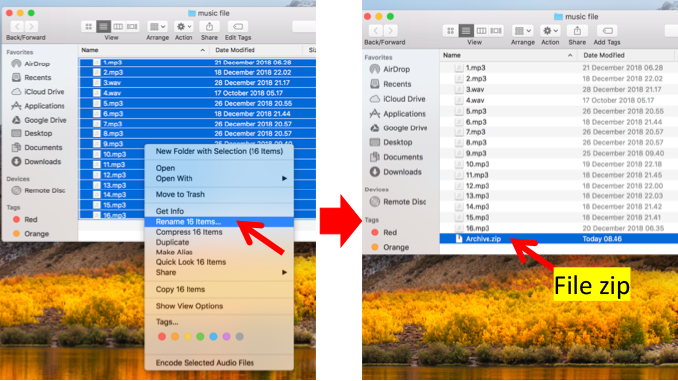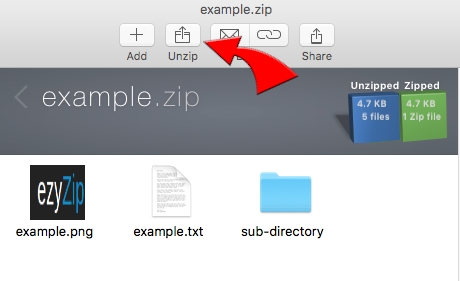


If you want to open zip files on your Mac by using Terminal app, then follow few simple steps: below mentioned all: How to Open Zip Files on Mac Using Terminal Once done it, choose the and you can set location by pressing. NOTE: If you wish to change your default folder location then access Internal Hard Drive > System > Library > Core Services > Archive Utility. Now this will make folder along with same name as ZIP file in your current directory and unzip file into this folder.Next make double click on file, you want to unzip.zip file in your Mac otherwise if your archive is presented in an email then open and download it. Firstly you have to launch Finder by using Spotlight and Launchpad and type finder in their search bar.That’s the low down, the more common compression packages available will typically be covered in one of the above.With following few steps one by one you can unzip files or folders on Mac or Macbook. You can also use a number of different formats for creating a. To Eject hdiutil eject /Volumes/archive_name/ To create hdiutil create -format UDZO -srcfolder folder_to_compress archive_name.dmg This one is macOSnative only – for a GUI interface use /Applications/Utilities/Disk Utility – for command line use: To extract gunzip archivename.gz DMG – macOS Only

To compress tar -jcvf archive_2 folder_to_compress To extract tar -zxvf archive_ TAR.BZ2 – Cross PlatformĪ variation on TAR GZ but with better compression than both tar.gz and zip. To compress tar -zcvf archive_ folder_to_compress Second up is TAR, an old favorite on Unix/Linux – you add the GZ for the compression – compresses tighter than zip ds store files, use the “-X” option in the command so: zip -r -X archive_name.zip folder_to_compress TAR.GZ – Cross Platform If you want to make a zip without those invisible Mac resource files such as “_MACOSX” or “._Filename” and. To compress zip -r archive_name.zip folder_to_compress ZIP – Cross Platformįirst up is ZIP one of the most commonly used compression techniques used across all platforms Here are some built-in compression applications you can use including zip, tar, gz, bz2, gz and dmg. A compressed file which contains files and folders is generally referred to as an archive. The default command line application interface in macOS is the Terminal and is stored in /Applications/Utilities.įile and folder compression saves on file size and ensures the contents are captured and delivered or stored as one monolithic file. Since macOS is based on Unix there are a number of ways to compress files and folders within the filing system using Unix based application code, below are a few options using the Terminal or command line interface (cli).


 0 kommentar(er)
0 kommentar(er)
